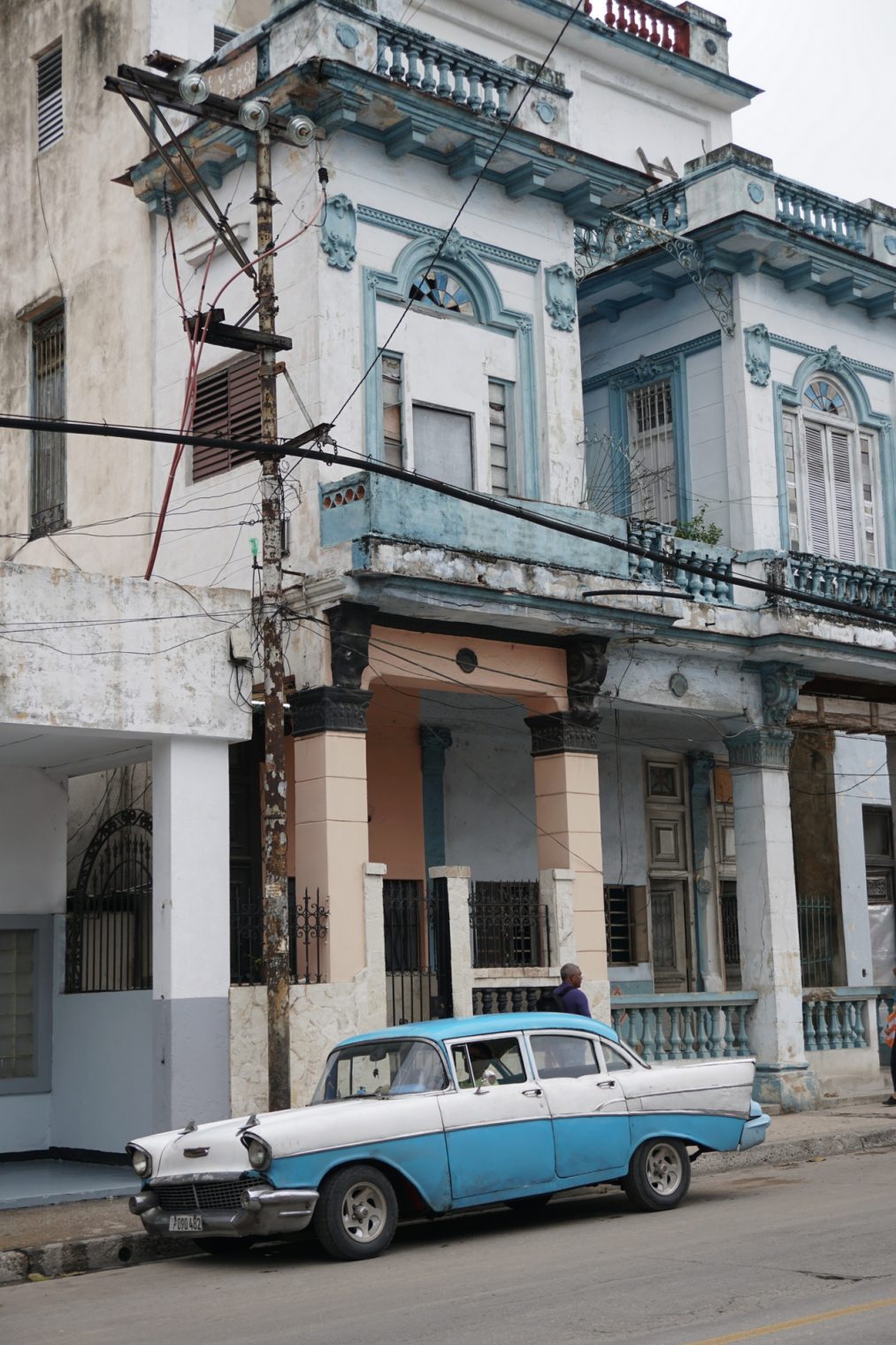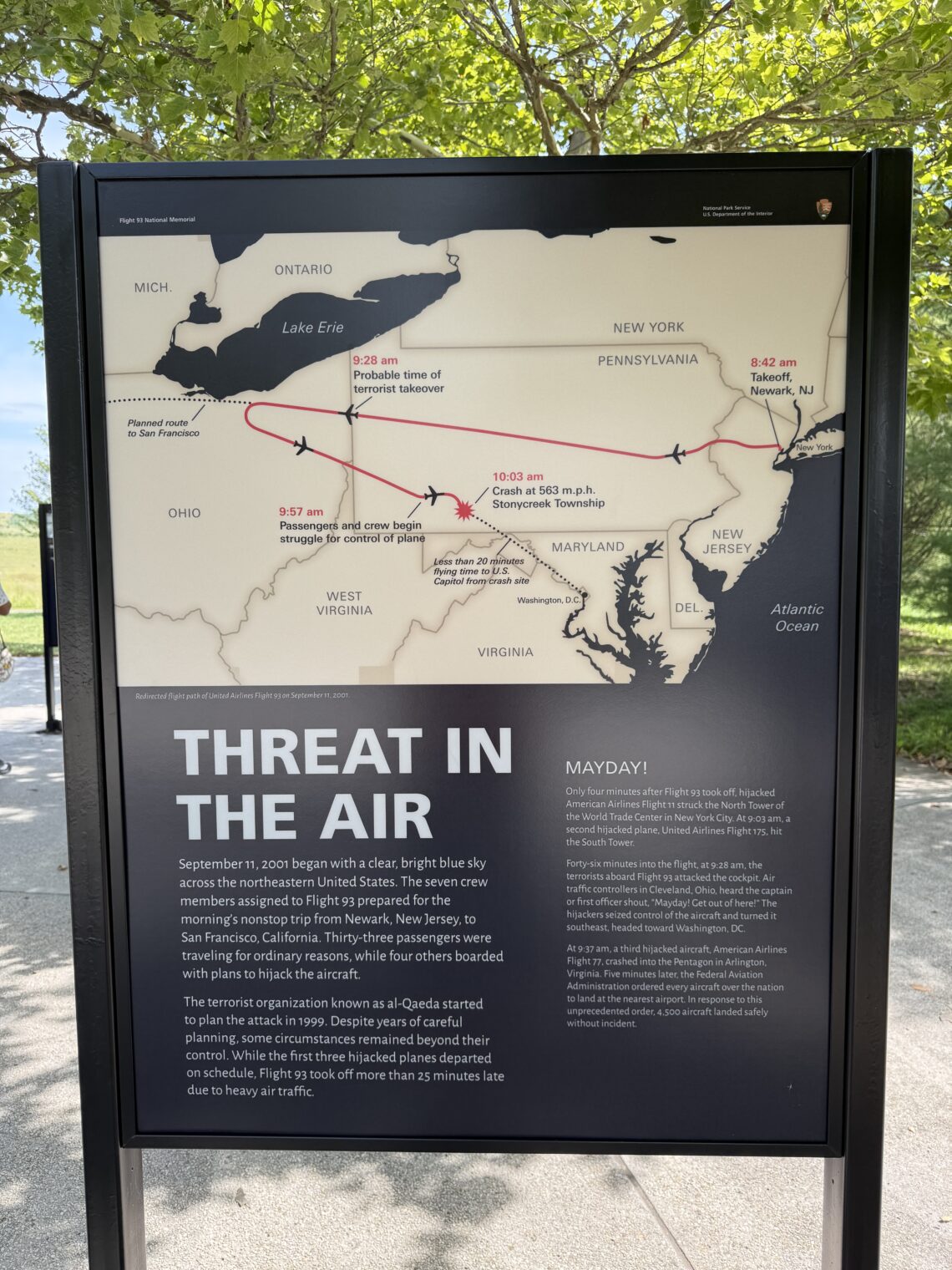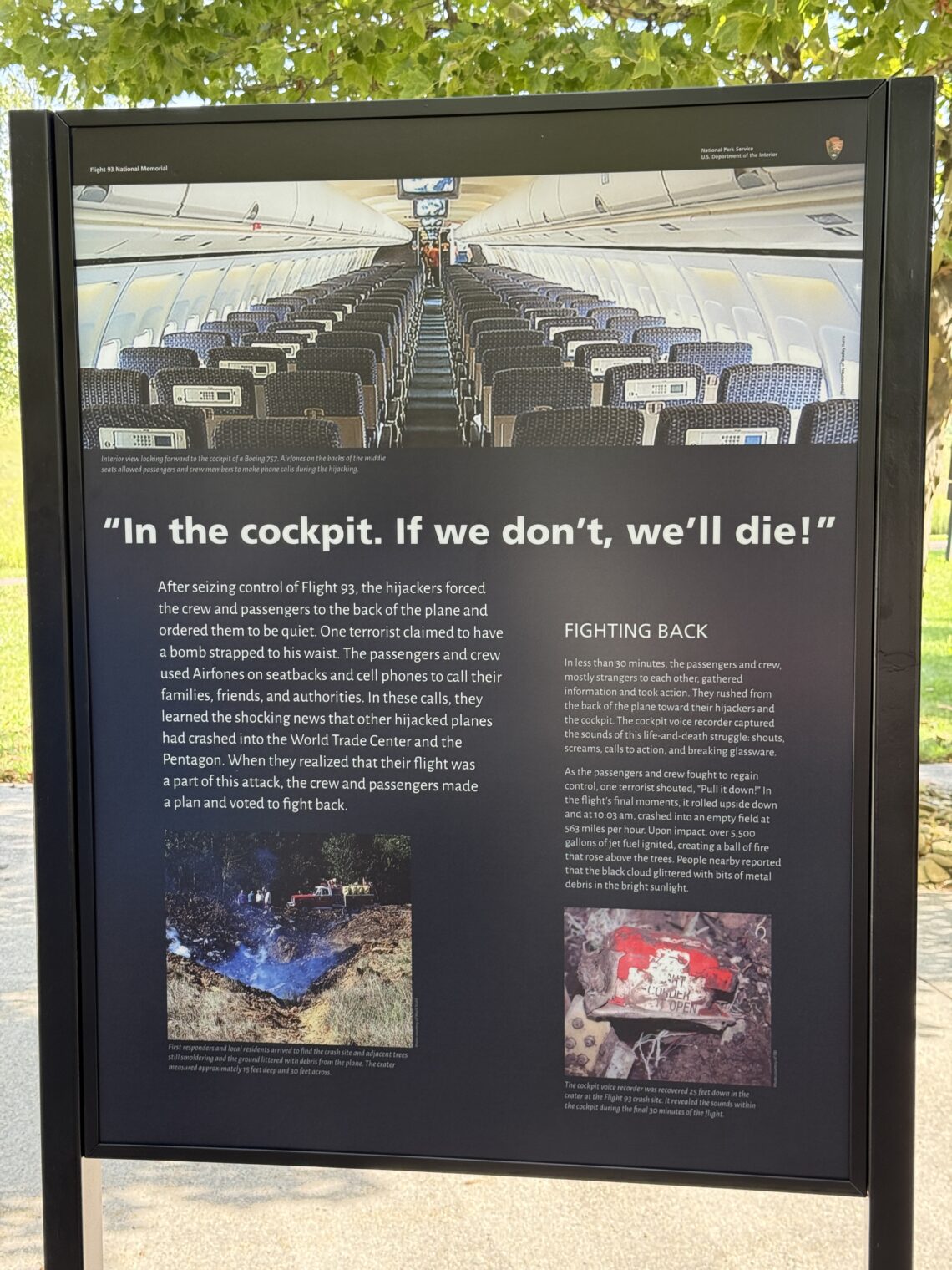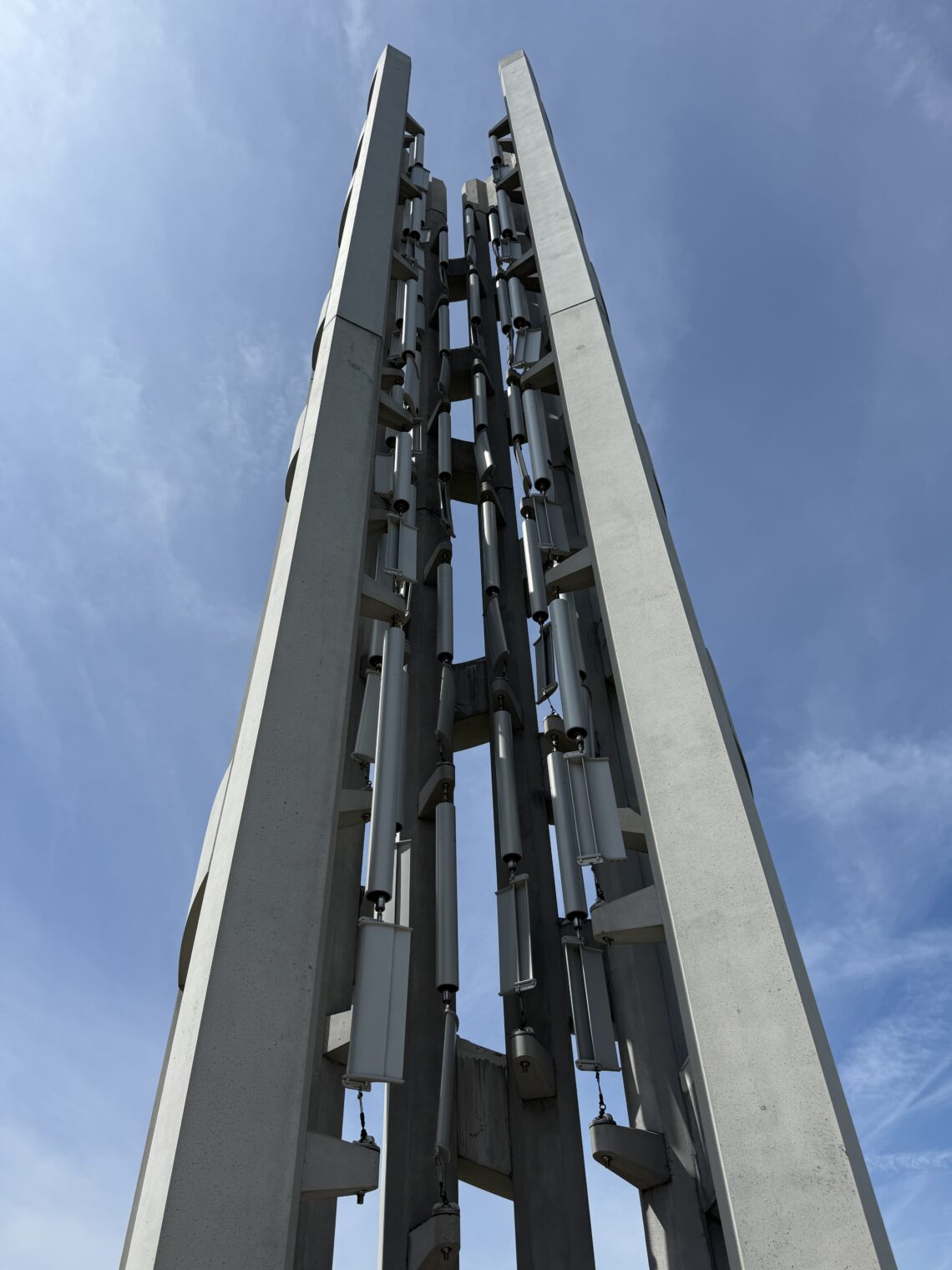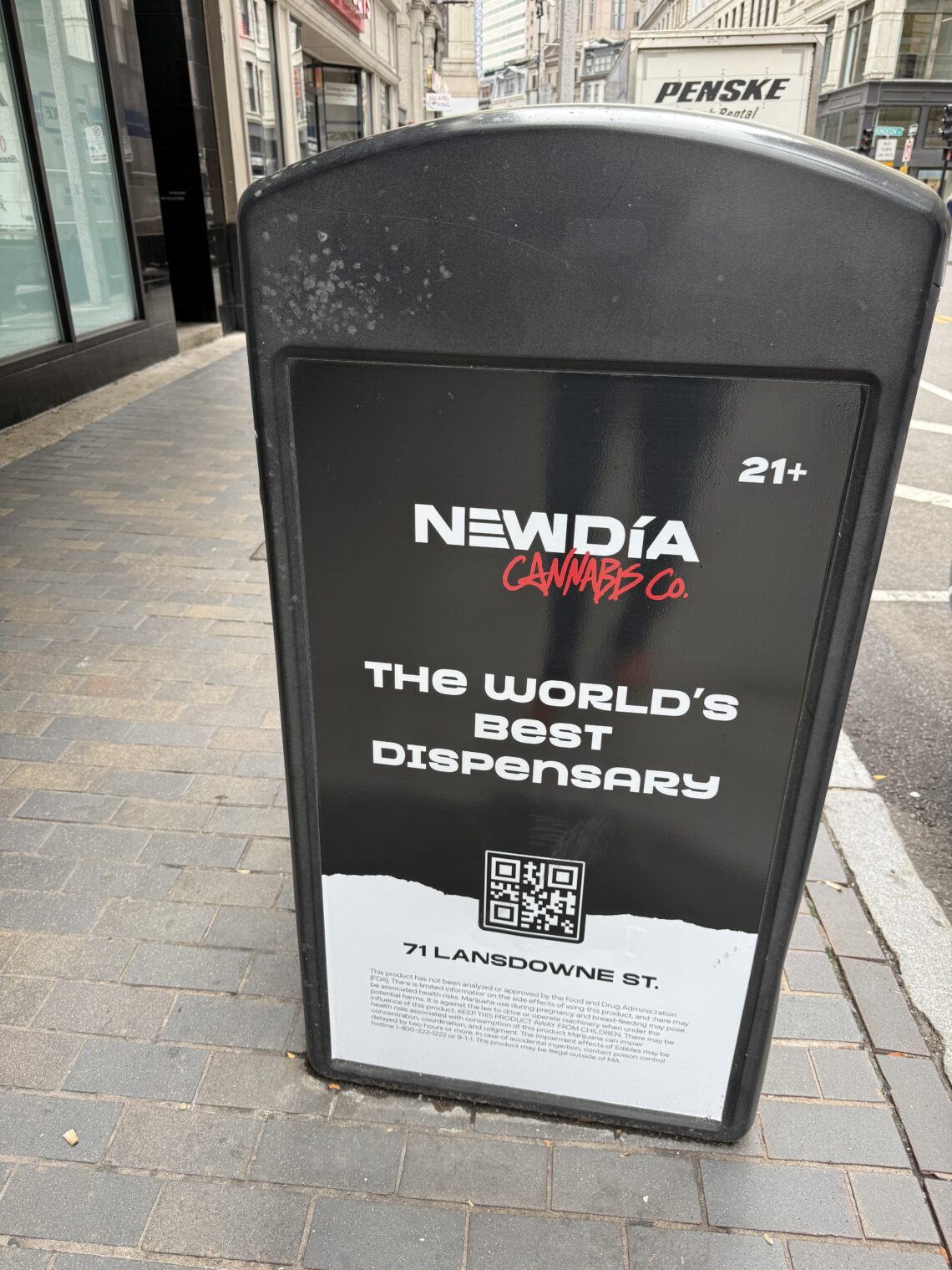Cuban government much smarter than U.S. government?
“Motel beheading suspect’s criminal history reveals escalating path of violent crime” (NBC Dallas):
Yordanis Cobos-Martinez was previously arrested on charges of indecency with a child, carjacking, false imprisonment and grand theft of a motor vehicle. … Four months later, in June 2017, in South Lake Tahoe, California, a police report details a carjacking in which Cobos-Martinez, while naked, tried to force himself into a woman’s car while pulling her hair and clothes and sitting on her lap. … ICE says he was released on an order of supervision under the Biden administration and because Cuba would not accept him based on his criminal history.
What did this noble migrant do? “ICE calls for removal of man accused of beheading another man with machete at Dallas motel” (CNN):
Police say Cobos-Martinez was cleaning a room with an unnamed witness as the incident unfolded. The witness told police Cobos-Martinez became upset when the victim, Chandra Nagamallaiah, used the unidentified witness to translate his request to not use a broken washing machine instead of speaking to him directly, according to the affidavit.
Surveillance video shows Cobos-Martinez leaving the motel room, pulling out a machete and attacking Nagamallaiah. After the victim ran, the attack continued outside – in front of the victim’s wife and son – both of whom attempted to intervene, according to the affidavit. After beheading Nagamallaiah, Cobos-Martinez allegedly placed the victim’s head in a dumpster.
Should we give the Cuban government credit for being smarter than the U.S. government? Cuban officials protected their own citizens/residents by wisely giving Americans what Americans voted for (i.e., to collect a miscellaneous assortment of humans from all of the world’s most violent and dysfunctional societies with particular emphasis on collecting those directly embroiled in violence).
Separately, this latest beheading seems to be another example of Migrant A killing Migrant B on U.S. soil, similar to Indian enricher Harjinger Singh killing three Haitians in Florida (NY Post).
Related:
- How immigration and socialism have played out in Cuba
- How was the immigration of Mohamed Sabry Soliman supposed to benefit Americans?
- How was the immigration of Akayed Ullah supposed to benefit native-born Americans?
- How was the immigration of José Antonio Ibarra supposed to make the average American better off?
- How was the immigration of Sayfullo Habibullaevic Saipov supposed to benefit native-born Americans?
